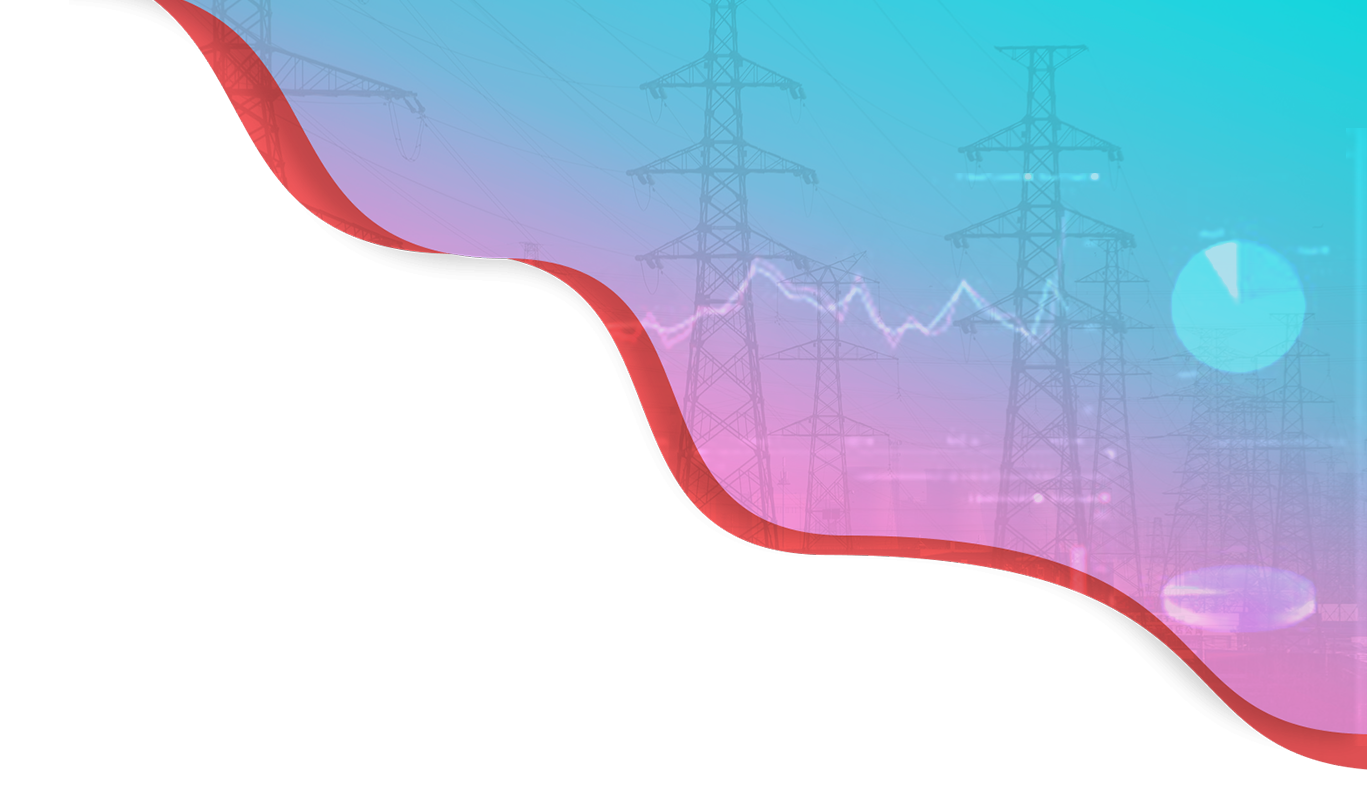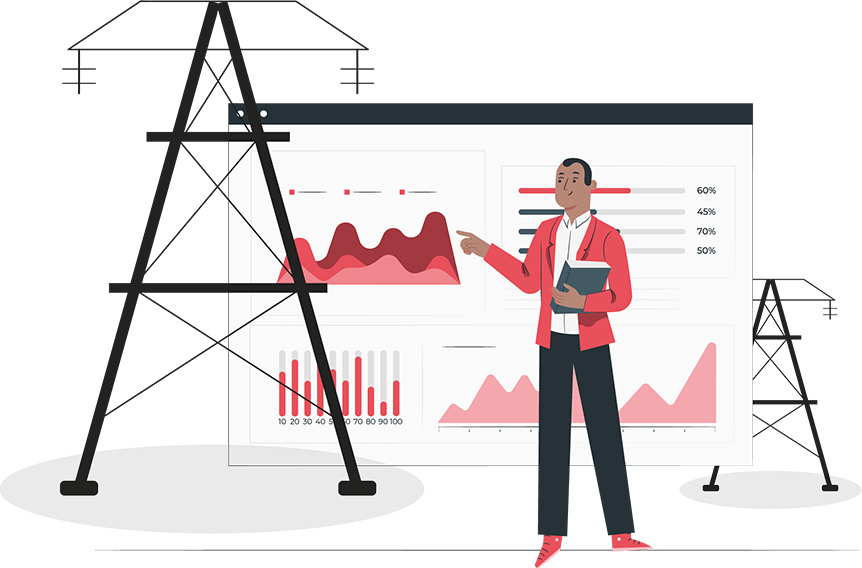Utilities and other power organizations nowadays are caught in a crossfire of patterns and trends that often-run counter to what seemed indisputable fact just a few years ago. Other perplexing conditions are present, also, that seem difficult to gauge – changes in the mix of supply and demand side resources, the impact of technology on the grid and access it allows to system and customer data, dramatic shifts in commodity prices, the emergence of intermittent and variable resources, flat to declining load growth, and so on.


The problem is largely due to the inaccurate, unexplainable and indefensible forecasts generated from the forecasting practices in the pre-computer era. Trend analysis and other traditional methodologies cannot properly capture these unstable conditions. Thankfully, though, new forecasting methods have been developed that take account of behavioral and technological changes affecting electricity use.
Outcomes:
- Examine and review the concept of predictability
- Recognize how to describe a forecasting process using formal and rigorous terminologies
- Identify the basic forecasting concepts, such as signal and noise
- Recognize the practical value of forecast combination
- Apply diffusion of innovation principle in long term forecasting
- Discuss the do’s and don’ts in judgmental forecasting
- Relate how to evaluate forecasts and forecasting systems
- Distinguish the pros and cons of commonly used univariate models, multivariate models and machine learning techniques
- Define the general methodologies for short-term and long-term electric load forecasting, gas demand forecasting, wind and solar power forecasting, and gas and electricity price forecasting
Other Use Cases
© 2020 BrAeIn. All rights reserved.



